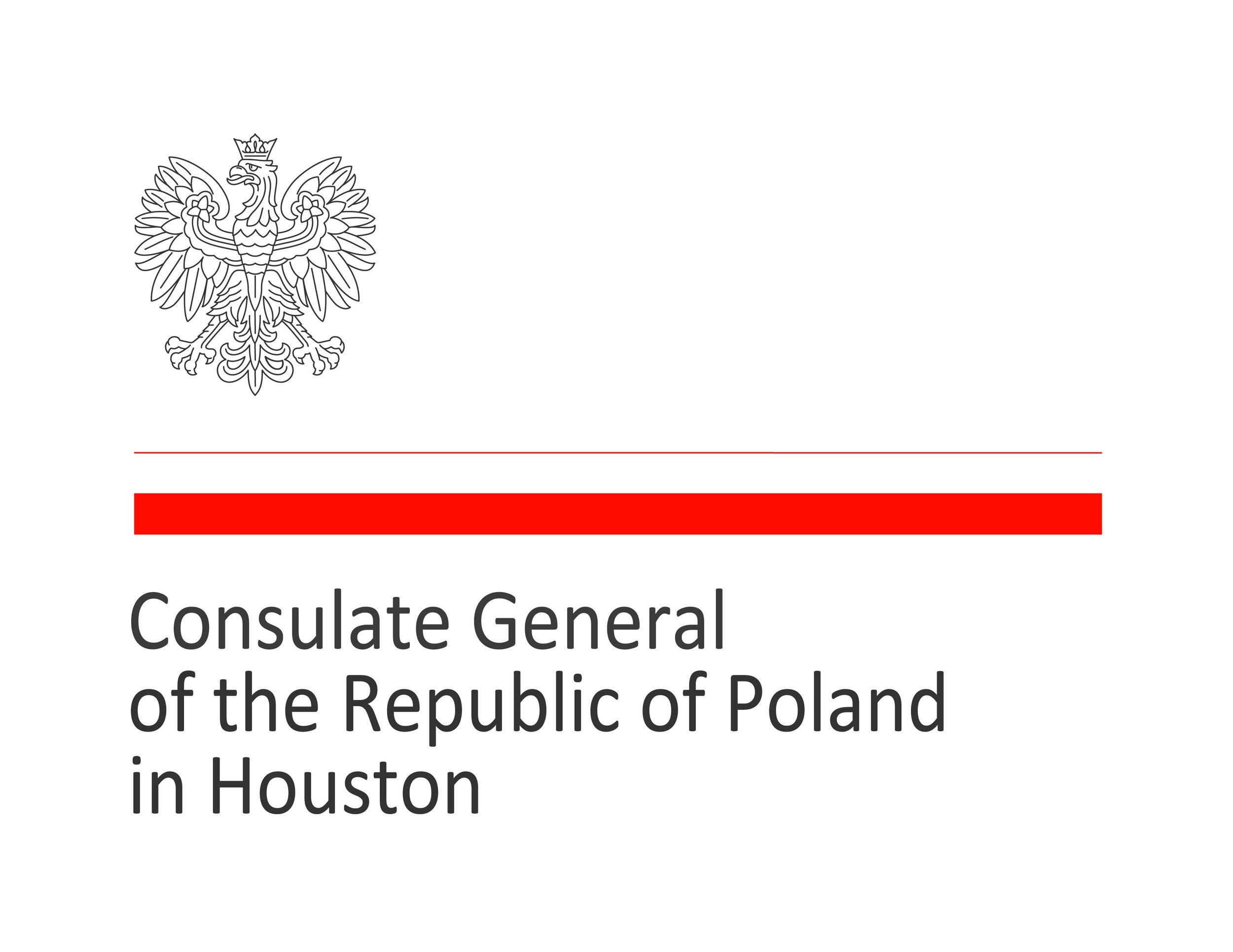„MODJESKA – WOMAN TRIUMPHANT” (2009) – a documentary about Helena Modjeska
/Documentary Filmmakers Driven by Passion: interview with Basia and Leonard Myszyński by Joanna Sokołowska-Gwizdka (Translated by Anna Boyet)
JSG: You were born in the US and attended school here. Then you went on to study at the Łódź Film School in Poland, and while there you met your future husband – Leonard. What made you decide to settle in the US?
BM: After getting married in Nysa in 1985, we moved to Southern California in 1988, and set up a photography and film production company SOLAR EYE COMMUNICATIONS. In our industry, California was the land of opportunities; there was no better place for a filmmaker in the world, and Leonard had always dreamt of living there. There was also the advantage of raising our children with the support of our family. Our oldest daughter Lara was born in the US, and spent two years with us in Poland. Our younger children were raised with the help of my parents in Orange County. We live and work in a great community, and that in itself was another important reason to raise our children here. They are all grown up now, and follow their own passions. But we never regretted our decision to settle in the US.
JSG: What were the projects you worked on in California?
BM: Over the past 30 years we have worked for a number of different clients, including Walt Disney Records, Sony 550, 20th Century Fox, American Vanguard, St. Joseph Health, United Way, and numerous corporations. We shot documentary shorts, including Olivia Newton John in Benefit Concert, John Farrar Making Music, The Child Within, Segerstrom Farming Operation, and Beauty-Power-Passion and Riders in the Sky for The Making of Monsters, Inc. Sing-Along. We travelled all over the US producing promotional videos, TV ads, commercial photographs, and documentaries. I also had a brief stint as a film instructor at a prestigious art school in Orange County. We were able to make our living off film and photography. And over the last decade our primary focus was on documenting life and work of the Modjeski family.
JSG: What is it that fascinates you about documentaries?
BM: Getting immersed in real people’s lives, learning about their passions, and sharing their stories; that’s what’s absolutely fascinating. But making a documentary takes a great deal of experience, research skills, and personal relationships, like gaining the trust of the family members whose story we want to tell. That’s why we try to create a historical context, and uncover new facts, to be able to offer an unbiased portrayal of our subjects in their own environment, in a specific timeframe.
Another important aspect of making a documentary is seeking out and interviewing the right experts. A common thread that runs through all our films is the role of art, and its impact on our subjects. Another highly compelling aspect is melding art and science, as shown in “Bridging Urban America”.
JSG: Producing a documentary is a serious feat.
BM: We are aware of the crucial role of scouring documents, historical research, and license rights. We understand the tactics and sources of financing, logistics of production, deadlines, and marketing needs. For a good director, it’s all about the details. Later on, that magnifying glass approach to reality and truth is also projected on the screen.
But the primary reason we enjoy producing documentaries is making social impact, raising awareness, and highlighting problems, which may trigger positive changes in our real lives. For example, the core message of “Bridging Urban America” is to raise the issue of ethics and responsibility in engineering in the context of our safety; to underline the need for regular maintenance of bridges, given their indispensability for business and for the economic growth of the country. We are proud to work with filmmakers who shine the light on issues that are often ignored, taking risks as they try to get to the bottom of truth. The best films don’t merely document reality but also educate, inform, inspire, and trigger action.
I am a member of the IDA (International Documentary Association), and the organization has offered a great support for our films.
JSG: What triggered your interest in Helena Modjeska?
BM: My mother was an amateur actress, and she was fascinated with Helena Modjeska. They also had a lot in common. She collected books about Modjeska, and there were many times when I would pick something out from my mother’s library to learn more about that dual-nationality star. Besides, I love theater; I have a degree in acting, and stage experience. I studied how to build a character, how to embody a role.
As the centennial of Modjeska’s death was approaching it occurred to us that no movie had yet been made in the US about that great Shakespearean actress. And we were in a perfect position to take on that project. We lived a few miles from Arden - Modjeska’s historical house; the Irvine Langston library at the local University of California had a vast collection of source materials and letters of Helena Modjeska; Bowers Museum in Santa Ana boasted one of the greatest collections of personal items of the artist; and we knew Ellen Lee (who is no longer with us) – one of the top experts in Modjeska’s life and work in the country. And most importantly – we were filmmakers with our own production company.
But it was only after I read the actress’s memoir Memories and Impressions where Helena Modjeska speaks in her own voice and offers a colorful account of her life that I truly fell in love with her. I found her deep, personal, and insightful view of reality absolutely captivating. She paved the path to success for women on this continent. Modjeska and the US grew up hand in hand, and she enriched its culture. She portrayed diverse female figures, both historical and contemporary, creating a wide variety of characters and personalities. She performed both on the largest stages of the biggest American cities and on tiny stages in the most remote corners of the country. As one of the first female entrepreneurs, she showed women that they also had a voice. Modjeska proved how far actors can take their profession, and what mission they can accomplish. She was a remarkable individual.
JSG: So in a sense you became friends with her.
BM: Yes, at some point Modjeska and I established a bond, she somehow spoke to me. The qualities I most appreciate in people – nobility and compassion, Modjeska had them both. Beth Holmgren, a Duke University professor, an author of a book about Modjeska and a key commentator in our documentary, describes her as “an artist with a mission”. Right from the start Leonard had that vision of portraying Modjeska through a veil of innuendos, shrouded in mystery, since no living person witnessed her life and was able to offer us an actual account of what she was really like. I found an actress who had Modjeska’s qualities – she seemed to embody her personality, looks, and acting skills. And that’s how “Modjeska – Woman Triumphant” was born.
JSG: The Helena Modjeska documentary “Modjeska – Woman Triumphant” premiered in 2009. Tell us where the film has been shown, and how it’s been received by American audiences?
BM: “Modjeska – Woman Triumphant” aired on PBS stations, PBS Southern California, Chicago WTTW and WGBY in Massachusetts; it was screened at film festivals in Newport Beach and Paso Robles (where Paderewski had his ranch), and Polish film festivals in Los Angeles, Chicago, Ann Arbor, Toronto, and in Poland - at Two Riversides Film and Art Festival. It also had a screening at the Bowers Museum, Helena Modjeska Art & Cultural Club w Los Angeles, at the National Old Theater in Krakow, the Grand Theater in Warsaw, just to name a few.
In 2010 I received the best director award from The Women’s International Film & Television Showcase. Many commenters praised Leonard’s photography, the emotional film score by Mikołaj Stroiński, or the amazing interpretation of Helena Modjeska’s voice by Danuta Stenka. Reviews and publications emphasized the documentary’s richness and attention to detail, and a trove of historical facts it offers about Helena Modjeska’s life and her contribution to the development of theater and acting profession in the US. Appearances by four descendants of the artist were also touching. There is constant interest in the film, as individuals, universities (theater departments) and libraries continue to buy the DVDs.












